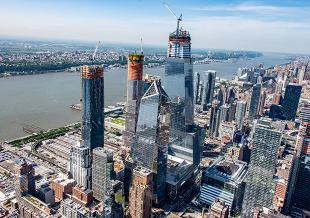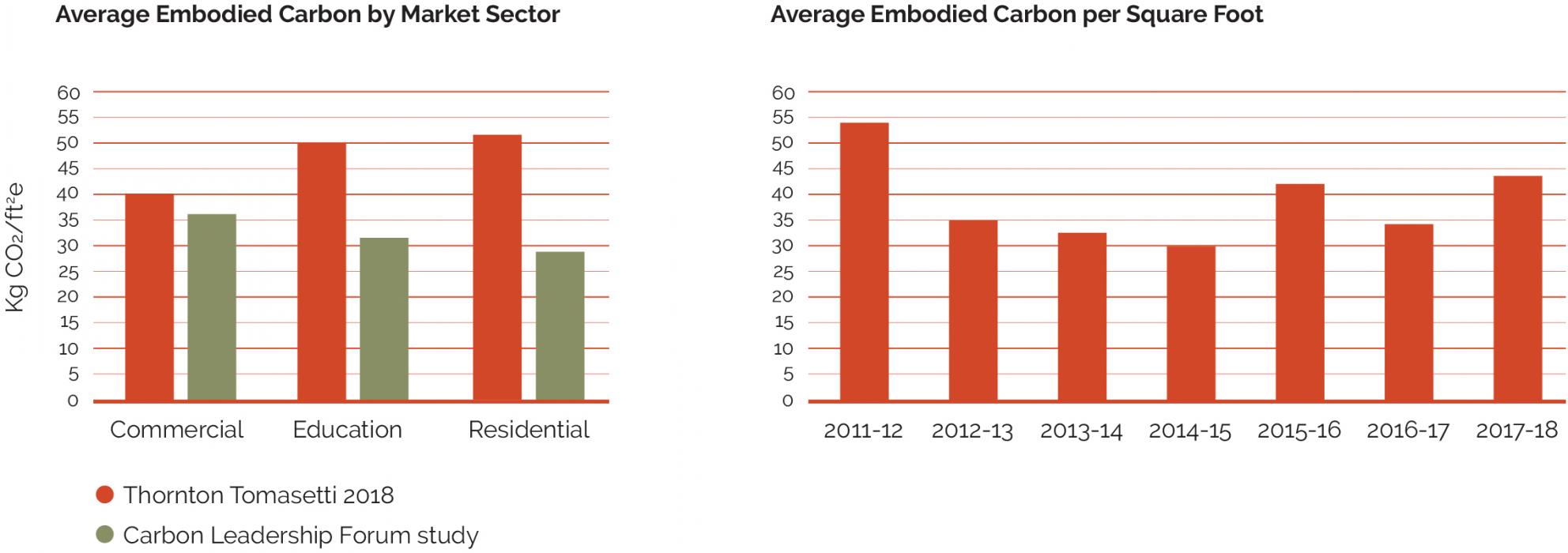News | Stories
Low-Carbon Structural Design

 Courtesy Related-Oxford
Courtesy Related-Oxford
Thornton Tomasetti’s big goal is to be the global driver of change and innovation in our industry. We pursue this goal, in part, by developing solutions for the next era of sustainable design and by creating early design tools that advance the analysis of sustainability opportunities. We find that innovation flourishes when diverse teams collaborate across disciplinary boundaries. Our featured 2018 sustainability innovations have broadened our understanding and heightened attention in the industry to the significance of embodied carbon’s impact on a building’s carbon footprint, helped to speed up the optimization of sustainable designs, and may eventually produce a sustainable settlement on Mars.
Keeping Tabs on Our Embodied Carbon
Now in our seventh year of measuring the embodied carbon in our structural projects, our Embodied Carbon Lab has seen the average embodied carbon count plateau since 2014, with a marginal increase in 2018. Minimal changes in the percentage of recycled steel, and a continued lack of market incentives for new strategies to reduce embodied carbon, may have contributed to this trend. An increase in average embodied carbon in this year’s count has likely resulted from a small sample size and the addition of different project types to our analysis, rather than greater inefficiency in structural engineering.
The Embodied Carbon Lab, which studies embodied carbon for the development of industry-wide benchmarks and strategies for low-carbon buildings, has contributed to industry research since 2012 and has amassed a database of 469 Thornton Tomasetti structural projects analyzed for embodied carbon. As a Platinum-level sponsor of the Carbon Leadership Forum, we have contributed to the growing awareness of the global-warming potential of building materials and the inclusion of life-cycle analysis in influential green-building certification programs. We are proud to be an early leader in this burgeoning area of design, and of being a co-initiator of the Structural Engineers 2050 Challenge.

